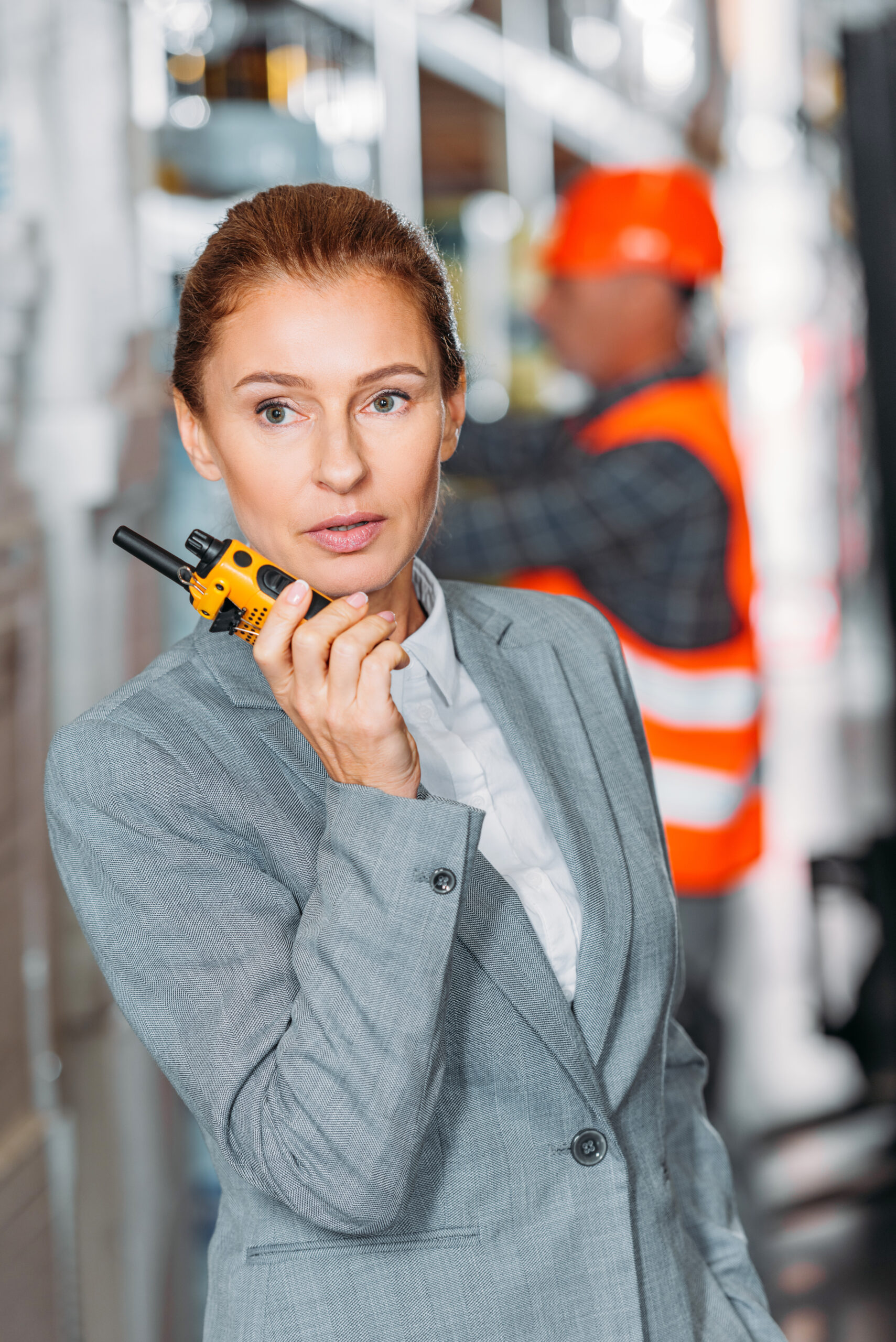Walkie Talkies

DCG Radio offers a full line of high-performance two-way radios built for real-world use. With proven durability, clear audio, and long battery life, these radios deliver the performance professionals need in security, business, education, and facility operations. What many still call “walkie talkies” are today’s advanced, reliable communication tools—built for work, not play.
After World War II, two-way radios quickly moved beyond military use. Police, firefighters, and emergency crews adopted them to improve communication during high-pressure situations. Industries like construction, manufacturing, and transportation followed, using radios to coordinate teams, boost productivity, and improve on-site safety.
The evolution of two-way radios has been driven by real-world needs. The shift to transistors in the 1950s made radios smaller, more efficient, and easier to carry. Over time, advances in battery life, antenna design, and signal clarity turned these devices into essential tools for business and field operations—delivering reliable, long-range communication when it matters most.
Today, the term “walkie talkie” is mostly used for consumer-grade, short-range devices—great for hiking or camping. In professional settings, they’re known as two-way radios. At DCG Radio, we provide commercial and enterprise-grade two-way radios that meet the demands of industries where performance, clarity, and durability aren’t optional—they’re required.
Two-way communication.
One-way thinking.
Consumer Walkie Talkies vs. Professional Two-Way Radios
People often use the terms walkie talkie and two-way radio interchangeably, but there’s a clear divide between consumer-grade devices and professional communication tools. At DCG Radio, we specialize in professional-grade two-way radios designed for business, safety, and critical operations—not backyard camping trips.
Consumer Walkie Talkies
Good for the Outdoors. Not Built for the Job.
Consumer walkie talkies are made for short-range communication during recreational activities like hiking or camping. These devices operate on FRS and GMRS frequencies (in the 462–467 MHz range), often with no FCC license required.
Typical features include:
- Channel scanning
- Weather alerts
Flashlights
They’re simple, affordable, and geared toward casual use—not for mission-critical operations.
Professional Two-Way Radios
Built to Perform. Designed for Work.
Professional two-way radios are made for business, safety, and industrial environments. These radios offer:
- Rugged durability – MIL-STD and IP-rated for drops, dust, and water
- Licensed VHF/UHF frequencies – for better range and signal strength
- Advanced features – GPS, encryption, text messaging, Bluetooth, and more
From construction crews to emergency responders, these radios deliver dependable communication in the most demanding conditions.
Key Differences at a Glance
Range
Professional radios transmit farther, using higher power and better antennas. Consumer radios are limited to short-range, line-of-sight use.
Durability
Professional models are built to military and IP standards. Consumer walkie talkies are not designed for tough environments.
Features
Professional radios support GPS, encrypted calls, programmable channels, and data. Consumer units are basic, with limited functionality.
Licensing
Most professional DMR radios require an FCC license. PoC (Push-to-Talk over Cellular) models, however, do not require frequency licensing. Consumer radios typically use license-free channels.
Cost
Professional radios have a higher upfront cost, but offer greater reliability, longer life, and better ROI in any real-world operation.
Protect Your People—Equip Them with the Right Radios
Ready to upgrade to a communication system built for performance and reliability? Contact DCG Radio to find the right two-way radio solution for your team.
